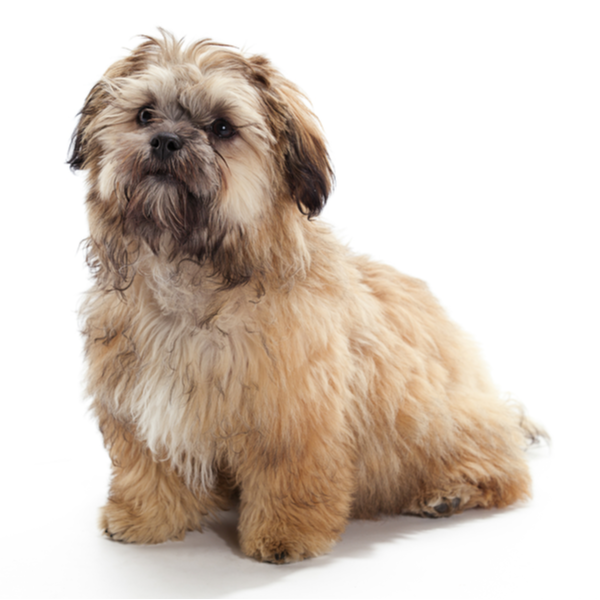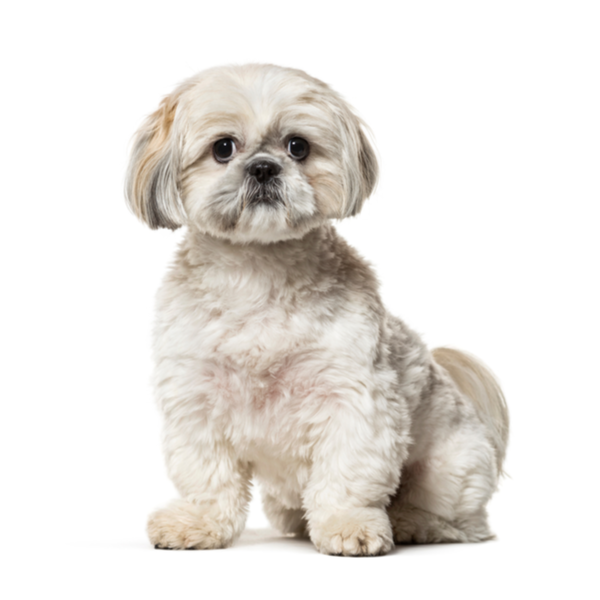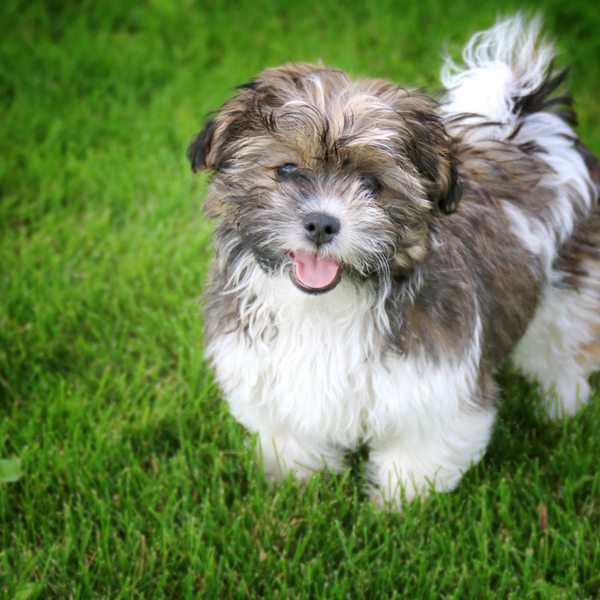
TEACUP SHIH POO PUPPIES FOR SALE
Friendly. Obedient.
Also called Shipoo, Shi-Poo, Shi Poo, Shihpooh, Shipooh, and Shitzpoo, the Shih Poo is a hybrid of the Shih Tzu and the Poodle. The combination produces a small pooch who is typically friendly, obedient, and affectionate. They are eager to please their people but often shy around unfamiliar people. They tend to get along well with children and other pets, and because they tend to be bright, they are typically easy to train. These dogs love attention and will happily sit in your lap.

Temperament
They are quiet and eager to please, so you will find them to be obedient with you and possibly shy with unfamiliar people.
The Shih Poo is smart and affectionate, and they enjoy spending time with their people whether it’s tagging along on your adventures or cuddling up in your lap.
Though smart, the breed is known to be stubborn, so training can be challenging. Regular obedience classes will allow your Shih Poo to learn that structure can be fun, and it will also give them a chance to shine.

Appearance
Their coats will vary but can be curly, short, long, or anywhere in between. Coat colors include:
- Gray
- Brown
- Black
- White
They are typically 8 to 13 inches in height and 8 to 10 pounds in weight.

Exercise
They have lots of energy and love playing with toys like balls and stuffed animals..
The Shih-Poo enjoys agility activities and obedience training, both of which are great ways to keep him physically active and mentally challenged.
We recommend 40 minutes of activity a day and about 8 miles of walking per week.
Because Shih Poos are a relatively new hybrid, they don’t have a long history, but its parent breeds have interesting, well-documented histories.
The Shih Tzu breed is one of the oldest known and was favored by Chinese royals and kept at court as far back as the Tang dynasty, 618 to 907. Although we don’t know its exact ancestors, experts believe they are a cross between Tibet’s Lhasa Apso breed and a small Chinese dog like a Pekingese. Shih Tzus became popular with commoners in China during the Ming dynasty, but they almost disappeared during the Chinese Revolution. Somehow seven males and seven females were saved, and all of today’s Shih Tzus are descended from those 14 dogs. They began to appear in other countries and North America in the early 1900s. They were often referred to as Apsos. Clubs recognizing the differences between Shih Tzus and Apsos were not established until 1934 and 1935, but a standard defining the Shih Tzu’s unique characteristics wasn’t established until 1938. World War II veterans returning to the United States brought these vivacious little pups home with them from England. In 1969 Shih Tzus were recognized as a toy breed with the American Kennel Club. They became popular in the U.S. quickly and continue to be popular today.
Poodles are highly intelligent and multi-talented, and they originated in Germany where they were bred to find and retrieve waterfowl. In fact, they were called “Pudlehund” from the German words “pudle,” which means to splash about, and “hund,” which means dog. As they moved about Europe, they gained a reputation for being fast learners who were easy to train. They’ve worked as circus dogs, service dogs, therapy dogs, and even police and military dogs on occasion.
Major health concerns to be aware of:
- Eye Problems
- Addison's Disease
- Mitral Valve Disease
- Brachycephalic Syndrome
- Invertebral Disc Disease
- Sebaceous Adentitis
Minor health concerns to be aware of:
- Otitis Externa
- Entropion
- Corneal Dystrophy
- Urolithiasis
- Cleft Lift or Palate
Shih Poos have wavy to curly hair that needs to be brushed daily. Without regular brushing, they can become tangled and matted. Pay particular attention to the hindquarters, behind the ears, and underneath the shoulders, as these areas are hot spots for mats to form. Visiting a professional groomer three or four times a year can be helpful to keep their coats in good condition. They can experience tearing, so you’ll want to check and clean them weekly to prevent staining. Check and clean ears weekly. Clip nails as needed, and try to brush teeth a few times a week.




















